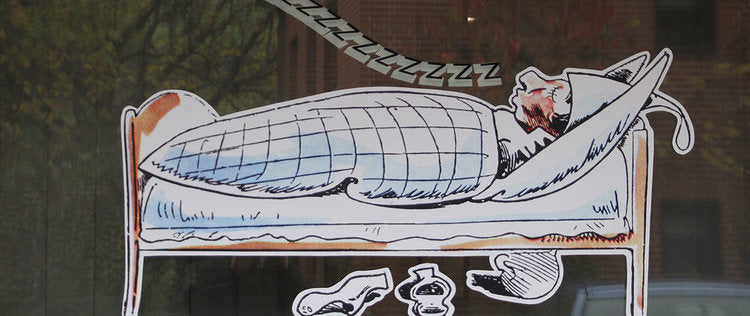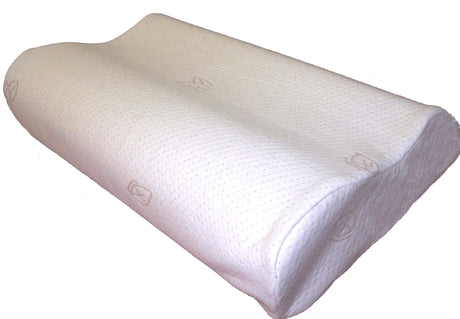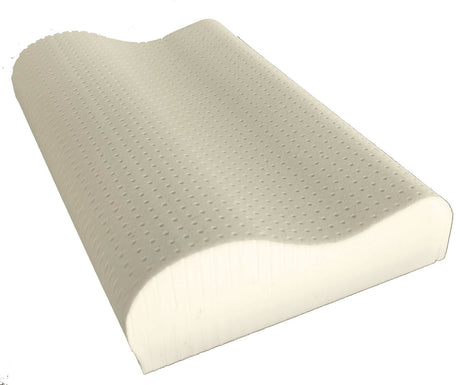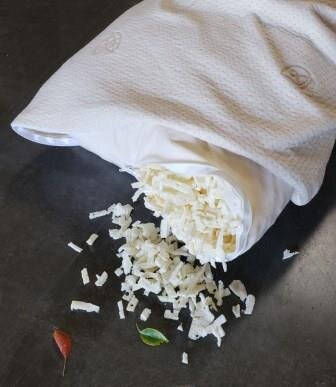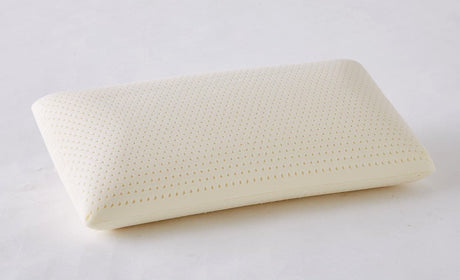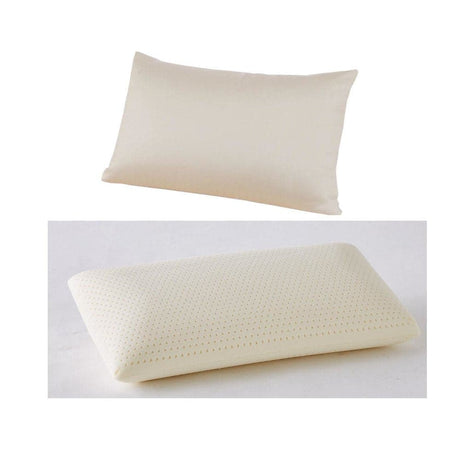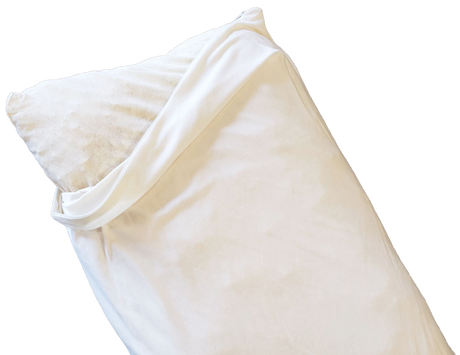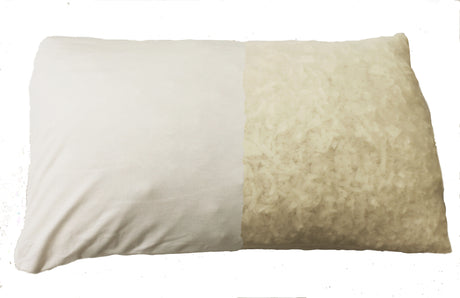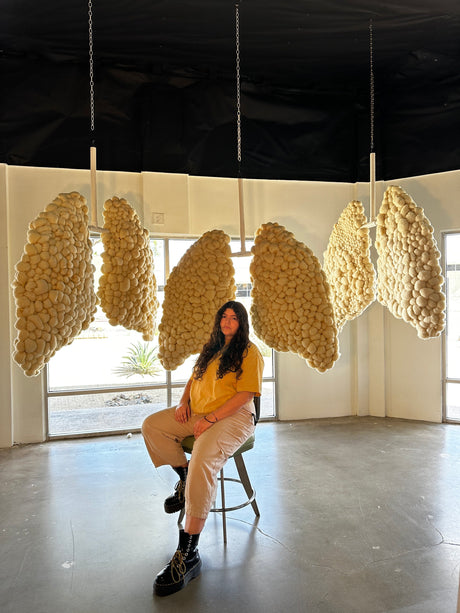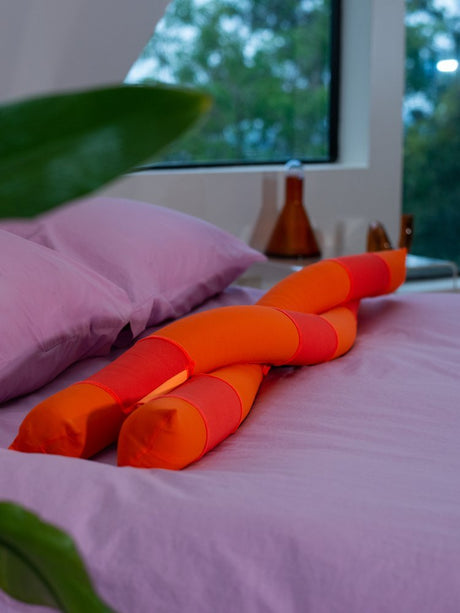The first time sleep apnea was historically recorded was around 460 BC. The Greek god of fertility, Dionysus, son of Zeus and Semele, surrounded himself with women, the Maenads, who used thyrsus sticks (stalk of the narthex, sacred plant of Dionysus, a giant fennel) with a pine cone on top to gently poke the god back into breathing when he snored and stopped breathing.
The first dissertation about the "Snoring of the Sleeping" - RHONCHO DORMIENTIUM - was published in Latin in 1745 by Fridericus Wilhelm Lust at the University of Halle Magdeburg, Germany, as part of his medical doctoral degree.
In the American Revolutionary War (1775-83), cannonballs were strapped to the backs of snoring soldiers to prevent them from sleeping on their backs. The aim was to prevent weakening of troop morale through sleeplessness caused by loud snoring and also to avoid betraying the location of the sleeping soldiers to the enemy.
In 1887, snoring was the subject of the first caricature in the satirical magazine of the Münchner Bilderbogen (Munich, Germany).
In 1892, Otto Franke developed the first oral prosthesis to prevent snoring.
Between 1893 and 1919, chin-bandings came to the fore as the inventions of Pulford, Jacob, Rothenberger, and Galiardo.
In 1900, the cannonball theory was “redesigned” by L.W. Wilson, who developed it further by using a tether to attach a metal spiky-ball construction to the sleeper's back. Mouth prostheses, such as those by R. Gravey or E. L. Leppich, were developed.
Before 1960, sleep respiratory failure was referred to as Pickwick Syndrome (after the novel by Charles Dickens). Then the nomenclature "sleep apnea syndrome" was adopted.
Today, doctors distinguish between Obstructive Sleep Apnea (OSA) and Central Sleep Apnea and offer a variety of solutions.

